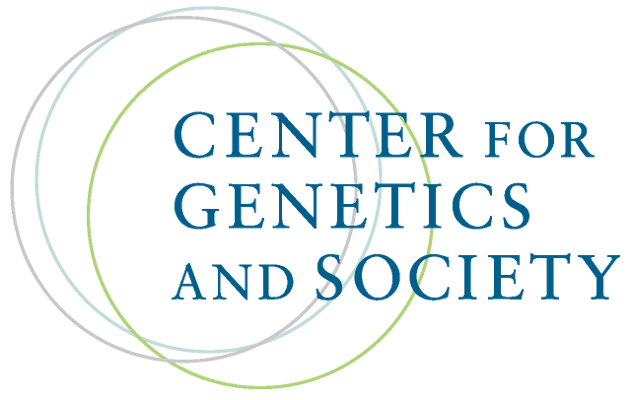Ancient American Genome Rekindles Legal Row
By Ewen Callaway,
Nature News
| 06. 18. 2015
Untitled Document
The genome of a famous 8,500-year-old North American skeleton, known as Kennewick Man, shows that he is closely related to Native American tribes that have for decades been seeking to bury his bones. The finding, reported today in Nature1, seems likely to rekindle a legal dispute between the tribes and the researchers who want to keep studying the skeleton. Yet it comes at a time when many scientists — including those studying Kennewick Man — are trying to move past such controversies by inviting Native Americans to take part in their research.
“The controversy has been painful for lots of people; tribal members and scientists as well,” says Dennis O’Rourke, a biological anthropologist at the University of Utah in Salt Lake City. “I think the results will add weight to repatriation claims because now claims of ancestry can at least to some degree be clarified,” he says.
Two teenagers discovered the bones in July 1996 near the shores of the Columbia River, near Kennewick, Washington. While trying to sneak into a hydroplane race, they noticed a...
Related Articles
By Anumita Kaur [cites CGS’ Katie Hasson], The Washington Post | 03.25.2025
Genetic information company 23andMe has said that it is headed to bankruptcy court, raising questions for what happens to the DNA shared by millions of people with the company via saliva test kits.
Sunday’s announcement clears the way for a new...
By Peter Wehling, Tino Plümecke, and Isabelle Bartram
| 03.26.2025
This article was originally published as “Soziogenomik und polygene Scores” in issue 272 (February 2025) of the German-language journal Gen-ethischer Informationsdienst (GID); translated by the authors.
In mid-November 2024, the British organization Hope not Hate published its investigative research ‘Inside the Eugenics Revival’. In addition to documentating an active international “race research” network, the investigation also brought to light the existence of a US start-up that offers eugenic embryo selection. Heliospect Genomics aims to enable wealthy couples to...
By Anna Louie Sussman, The New York Times | 03.25.2025
On June 24, 2022, the same day the Supreme Court issued its decision in Dobbs v. Jackson Women’s Health Organization, I received a call from the fertility clinic where I’d been undergoing in vitro fertilization, informing me that seven of...
By Dalton Conley, The New York Times | 03.13.2025
Since Francis Galton coined the phrase “nature versus nurture” 150 years ago, the debate about what makes us who we are has dominated the human sciences.
Do genes determine our destiny, as the hereditarians would say? Or do we enter...



